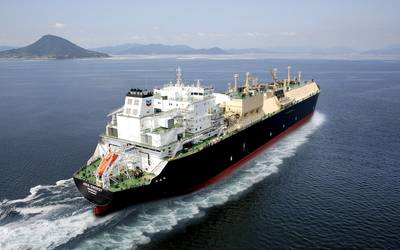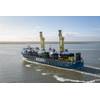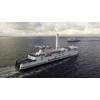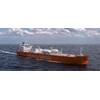Chevron Aims to Shrink the Carbon Footprint of Its LNG Fleet
Chevron's shipping arm has set out to reduce the carbon intensity of its liquefied natural gas (LNG) fleet operations.
The U.S.-based supermajor said Chevron Shipping Company has entered into an agreement with Singapore's Sembcorp Marine Repairs & Upgrades to install new technologies aboard its vessels, such as a reliquefication system, hull air lubrication and a new gas compressor, that are together expected to reduce cargo boil-off, lower fuel consumption and increase volumes of cargo delivered.
Chevron said the retrofits are in support of its energy transition goals and in alignment with decarbonization targets set by the International Maritime Organization (IMO). The company earlier this month tapped ABS Wavesight to provide greenhouse gas (GHG) and sea cargo charter reporting services.
Sembcorp Marine said it will provide Chevron with engineering, procurement, installation, and commissioning (EPIC) services and expects to complete the work by mid-2025.
“We are excited to work with Sembcorp Marine to help us advance our lower carbon goals,” said Mark Ross, president of Chevron Shipping Company. “We believe LNG will be a key component of the global energy transition for years to come, and Chevron is focused on continuing its disciplined capital investment in our LNG fleet.”
Wong Weng Sun, Sembcorp Marine President and CEO, said, “Sembcorp Marine is committed to advancing environmental sustainability through the development of industry-leading solutions. Working with Chevron on its LNG fleet upgrades is an immediate way to accelerate the lowering of the carbon footprint in the maritime industry, to achieve the IMO’s target to reduce emissions from international shipping by at least half by 2050, compared to the levels in 2008.”













